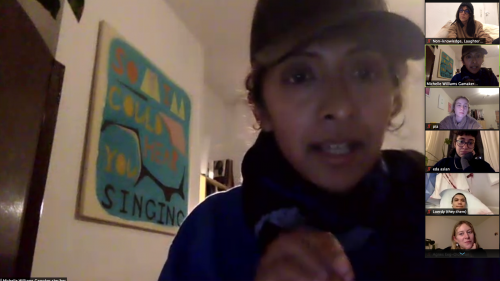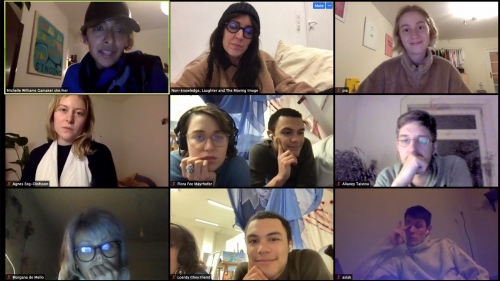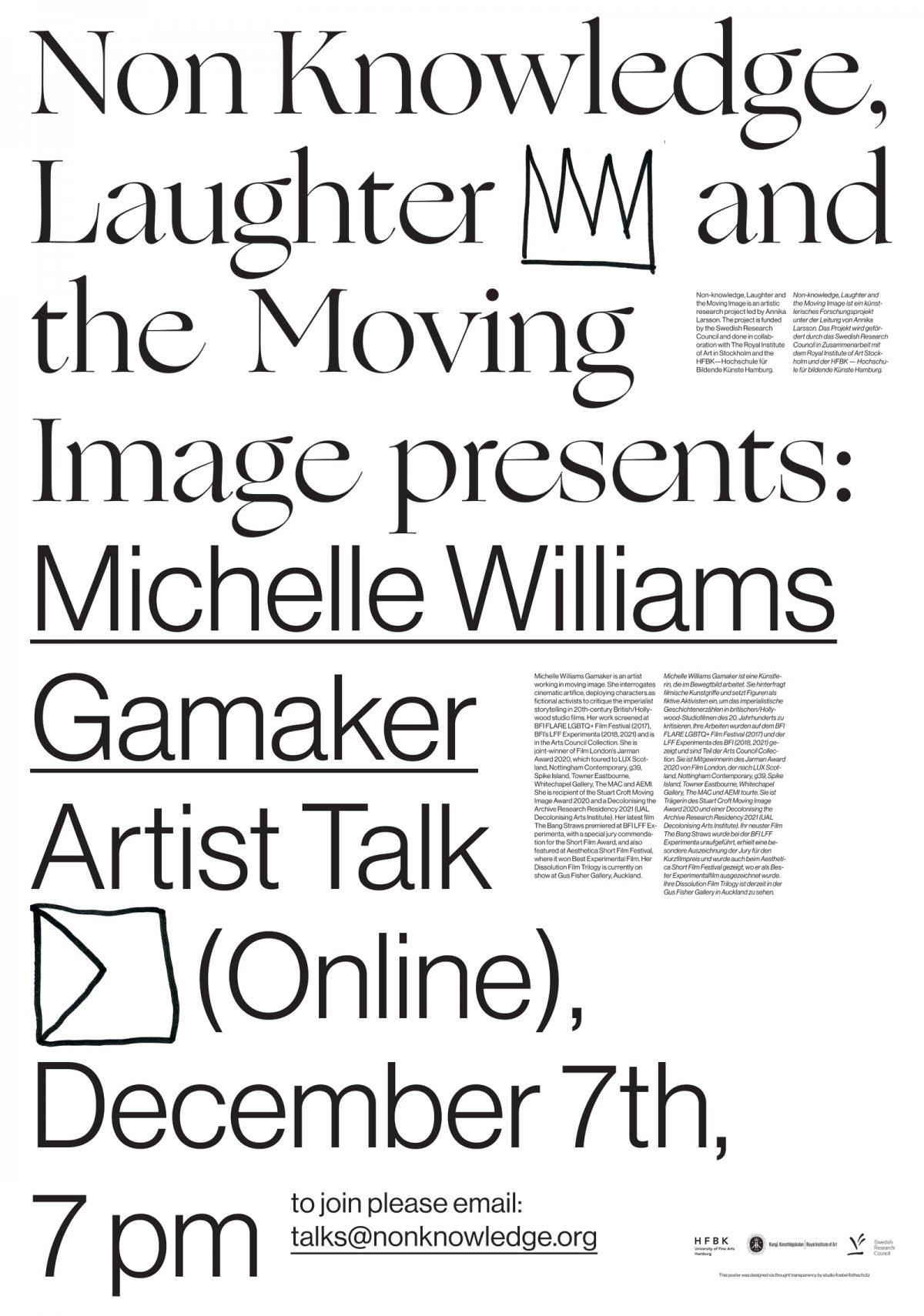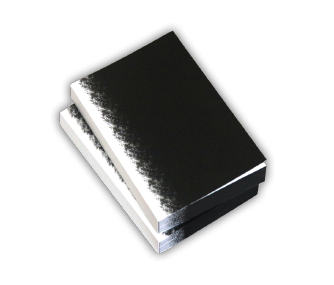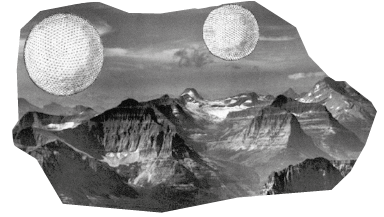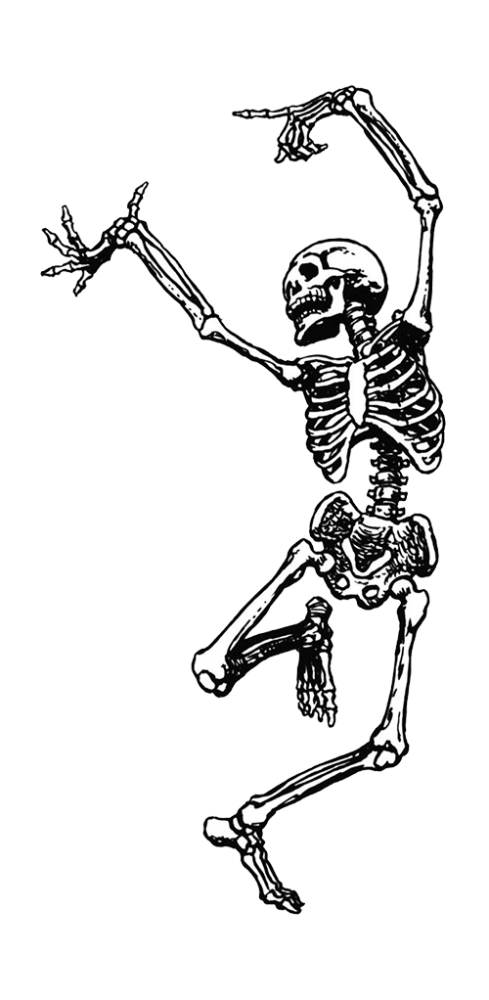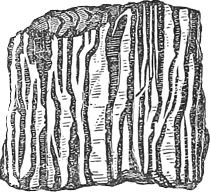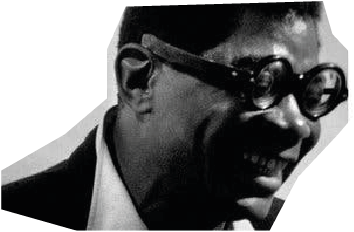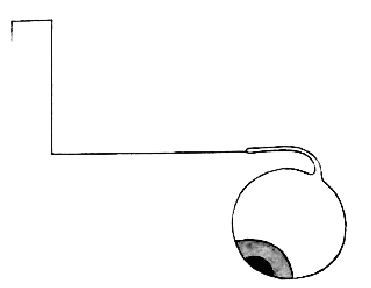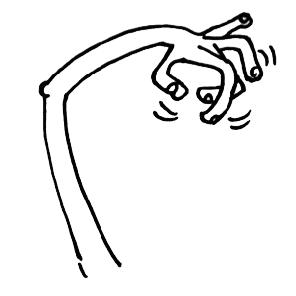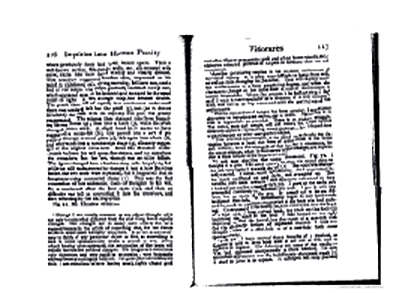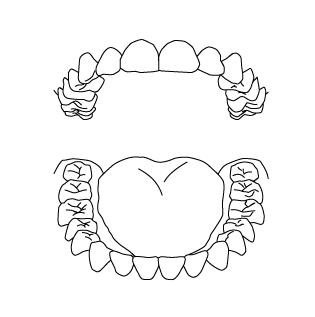Non-knowledge, Laughter and The Moving Image presents: Michelle Williams Gamaker
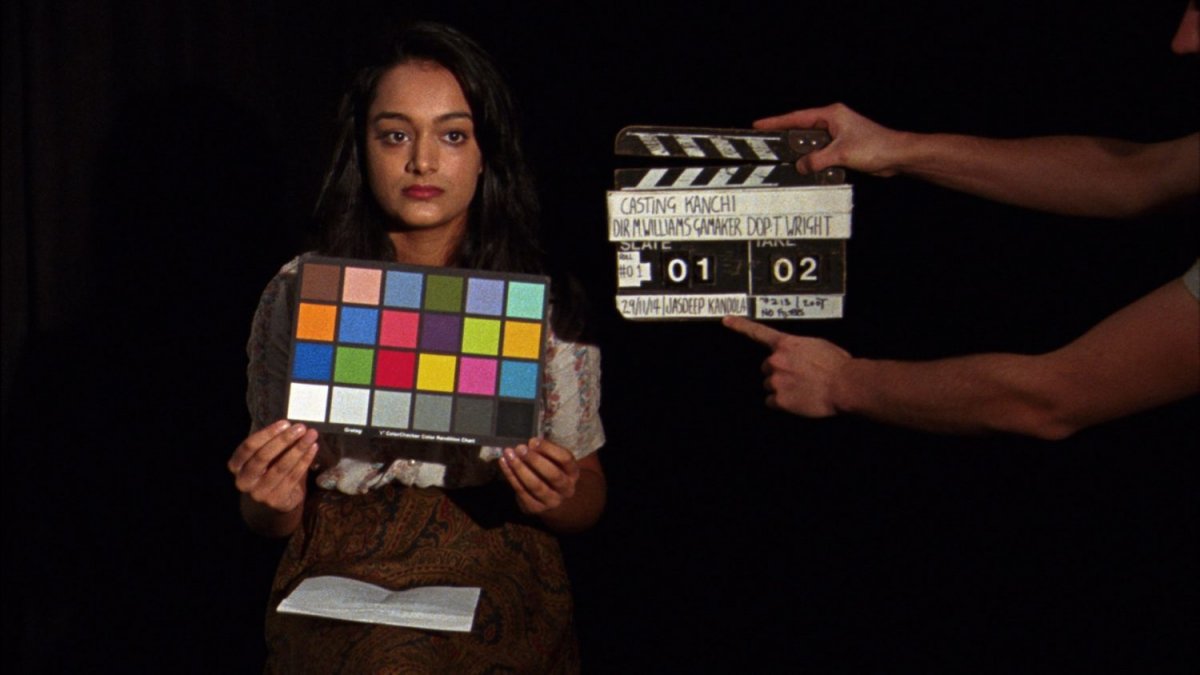
Non-knowledge, Laughter and The Moving Image presents:
Michelle Williams Gamaker
Artist Talk (Online)
19.00, 7 Dec 2021
Michelle Williams Gamaker is an artist working in moving image. She interrogates cinematic artifice, deploying characters as fictional activists to critique the imperialist storytelling in 20th-century British/Hollywood studio films. Her work screened at BFI FLARE LGBTQ+ Film Festival (2017), BFI’s LFF Experimenta (2018, 2021) and is in the Arts Council Collection. She is joint-winner of Film London’s Jarman Award 2020, which toured to LUX Scotland, Nottingham Contemporary, g39, Spike Island, Towner Eastbourne, Whitechapel Gallery, The MAC and AEMI. She is recipient of the Stuart Croft Moving Image Award 2020 and a Decolonising the Archive Research Residency 2021 (UAL Decolonising Arts Institute). Her latest film The Bang Straws premiered at BFI LFF Experimenta, with a special jury commendation for the Short Film Award, and also featured at Aesthetica Short Film Festival, where it won Best Experimental Film. Her Dissolution Film Trilogy is currently on show at Gus Fisher Gallery, Auckland.
Screenings (Hörsaal, HFBK):
House of Women
Single-channel video installation
2017 | 16mm to HDV | Colour | Sound | English
In 1946, auditions were held for the character of the silent dancing girl Kanchi in Black Narcissus (1947), the upcoming film by venerated British directors Michael Powell and Emeric Pressburger. In a nationwide search close to 1000 hopefuls applied, with over 200 girls tested and interviewed. The coveted role finally went to seventeen-year-old Jean Simmons, who had recently won worldwide acclaim for her performance as Estella in David Lean’s Great Expectations. To fulfil the role, the white English actor had to wear dark Panstick make-up and a jewel in her nose to become the “exotic temptress” of Rumer Godden’s novel of the same name.
House of Women recasts the role, auditioning only Indian ex-pat or first-generation British Asian women and non-binary individuals living in London. Unlike in the original role, for House of Women the re-cast Kanchi of the 21st Century speaks. Shot on 16mm film, the four candidates, Jasdeep Kandola, Arunima Rajkumar, Tina Mander and Krishna Istha, introduce themselves to an anonymous reader (voiced by Kelly Hunter) and recite a personalised alphabet including references to the history of photography and gender politics.
Candidates are asked to read lines from a script while both seated and standing in order to experience the somewhat unnatural and staged conditions of the audition. And just as those auditioning for House of Women feel the glare of the studio lights, the space of the audition and the violence of the camera’s gaze are brought into question, while the film plays with the inherent voyeurism of the director – and by inference the viewer – in watching young hopefuls competing for a role.
Drawing on tension between construction and illusion, House of Women explores the gaps in representation and the spaces opened up by the “fiction machine” of the 1940s British studio system, which presented a very controlled colonial vision of the British Raj and its people, often replacing Indian actors with British actors.
The Eternal Return
Single-channel video installation
2018 | HDV | Black-and-white | Sound | 20" | English
The Eternal Return explores the phenomenon of how a performer of colour such as international actor Sabu might be treated and thought of in a way analogous to the animals with whom he appears. In Sabu’s case this was the conflation of his background as mahout son’s with his career as actor that imposed a seemingly inescapable relationship with elephants: the animals recur throughout his filmography. It also highlights how, in spite of his extraordinary fame Sabu was always the sidekick and never the love interest. With the use of a combination of live-action dramatised recreation and British Pathé stock footage re-edited and altered with VFX, The Eternal Return revisits the now-struggling Sabu in 1951 as he supports his family by performing – once more with a troupe of elephants – in Tom Arnold’s Christmas Circus in Haringey Arena.
Non-knowledge, Laughter and the Moving Image is an artistic research project led by Annika Larsson. The project is funded by the Swedish Research Council and done in collaboration with The Royal Institute of Art in Stockholm and the HFBK–Hochschule für Bildende Künste Hamburg
